R Bar Set to Open
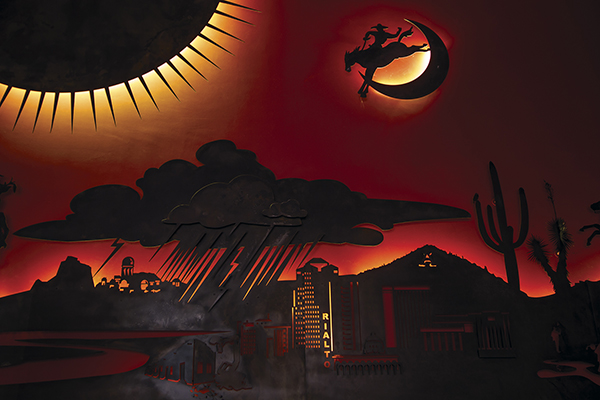
One of the main features of the new R Bar is a LED backlit metal silhouette mural, covering the entire back wall, created by Patch & Clark Design.
Rialto Theatre Expands Operations With New Bar
The Rialto Theatre is opening a new bar, adding top-quality beverages to the live music experience.
Slated for an opening in mid-July, the R Bar across Herbert Avenue from the theater will add craft cocktails and draft beer and wine to the Rialto’s options. The 1,100 square-foot bar will be open daily – not just during shows.
“I wanted it to always be open, even when there was a show, to the public. You don’t have to buy a ticket to the show to come to the bar. But if you’re at the show you can come into the bar and go back into the show freely,” says Rialto Theatre Foundation’s Executive Director Curtis McCrary. “For theatre-goers, it’s going to mean a whole lot broader options for beverages, things we just don’t have now, new bathrooms, more space and seating and a good place for meet-and-greets with artists. It will be a great enhancement of patron amenities at the shows.”
McCrary says that after struggling during the recession, the foundation began looking at ways to increase revenue and mitigate slow periods, like the middle of summer.
“When it gets to be certain times of year, when there is nobody who is Rialto-sized touring, it was a really difficult situation for us to navigate because our cash flow would dry up and there was nothing we could do about it. Over the years, we’ve tried everything you could think of to make something happen in that space, but it’s big and it has sloped floors and it’s just not a hang out place. It’s all very focused on what’s happening on stage,” he says.
The Rialto has limited space that’s not in the auditorium and similarly sized theaters around the country have larger lobbies and patios. To expand, the Rialto began looking at spaces contiguous to the bar, but the Plaza Centro development, now the Cadence student housing complex, ultimately offered the best solution.
“This gives us more breathing room. The key outcome is when we have shows, people will be able to flow from the bar into the theatre and vice versa,” McCrary says. The planning centered on the question of how best to meet a variety of needs.
 “What kind of bar does it want to be? It was a tricky thing to determine because it has to be several different bars, depending on the circumstances,” McCrary says.
“What kind of bar does it want to be? It was a tricky thing to determine because it has to be several different bars, depending on the circumstances,” McCrary says.
“We have certain beverages we offer in the theatre, but like all larger venues, the service is more limited. There are a lot of restrictions. It’s about quick and simple service and we can’t get very elaborate,” he says. “So we knew we wanted to have more interesting options available to people. We want that craft component, that finely curated component of the beverages we offer.”
To design the space, the Rialto turned to the team of Gary Patch and Darren Clark. The bar is at the front of the glass-fronted space to enable bartenders to serve outside to the patio as well as inside. The mezzanine directly above the bar offers a more intimate space for patrons, or a prime spot for artist meet-and-greets. The bar menu is designed by manager Rory O’Rear, whose past experience running beverage programs at the Red Room and Wilko is the ideal fit for giving R Bar the versatility it needs, McCrary says.
The R Bar enhances both halves of the Rialto’s mission – improving the live music experience for patrons as well as the stewardship of the theater itself. Revenue generated by the R Bar will be put back into Rialto improvements, like a modern green room below the stage and other upgrades.
“It’s designed so that it can work as a great place to go before and after a show, but also something that can function alongside the theatre during a show,” McCrary says. “There are lots of people who do great stuff all over downtown and we wanted to do something that was different than everywhere else. We’re trying to do our own thing, tied in very specifically to the Rialto. It’s under the umbrella of everything we do here and it’s a place that we’ll welcome all of our patrons.”
McCrary expects the bar to open the second week in July, with a formal grand opening to come this fall. The forthcoming website will be RBarTucson.com.


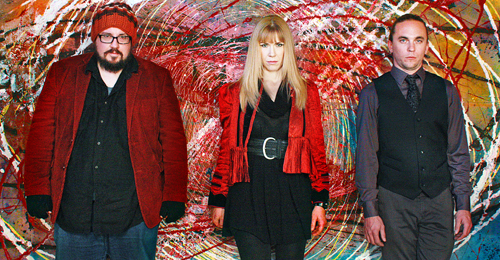
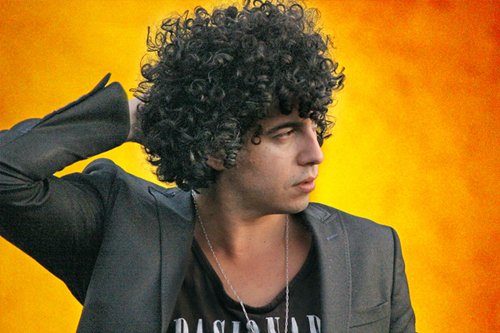
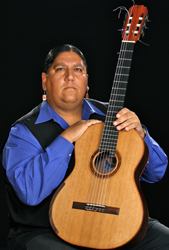
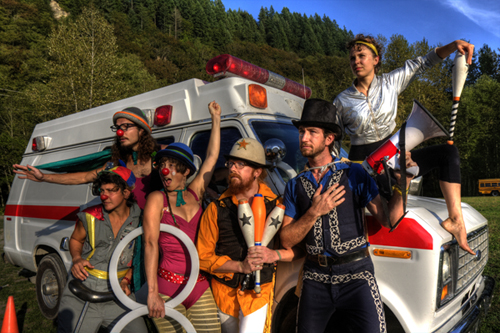
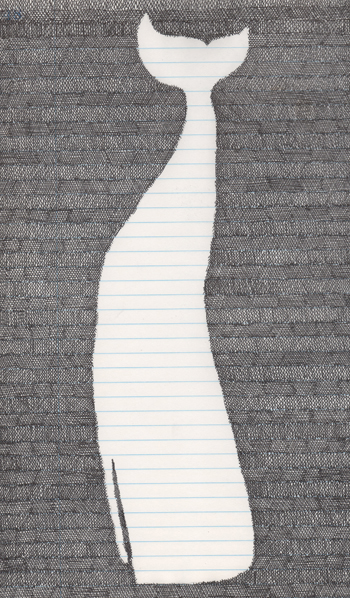
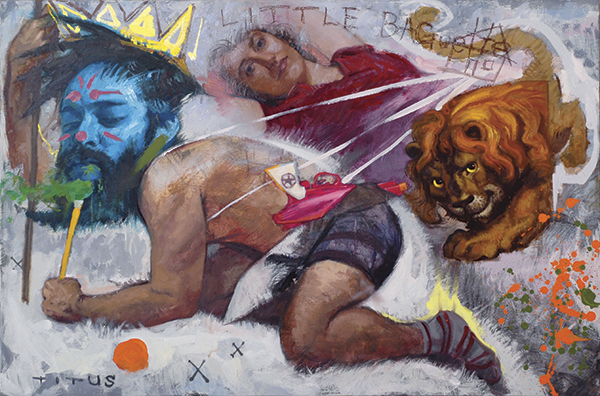
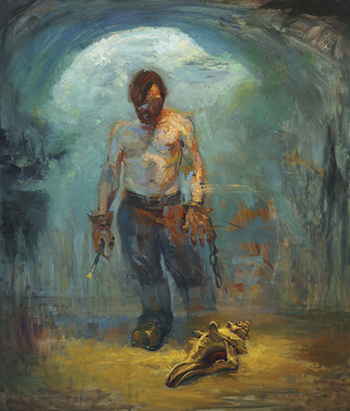






Also find us on...